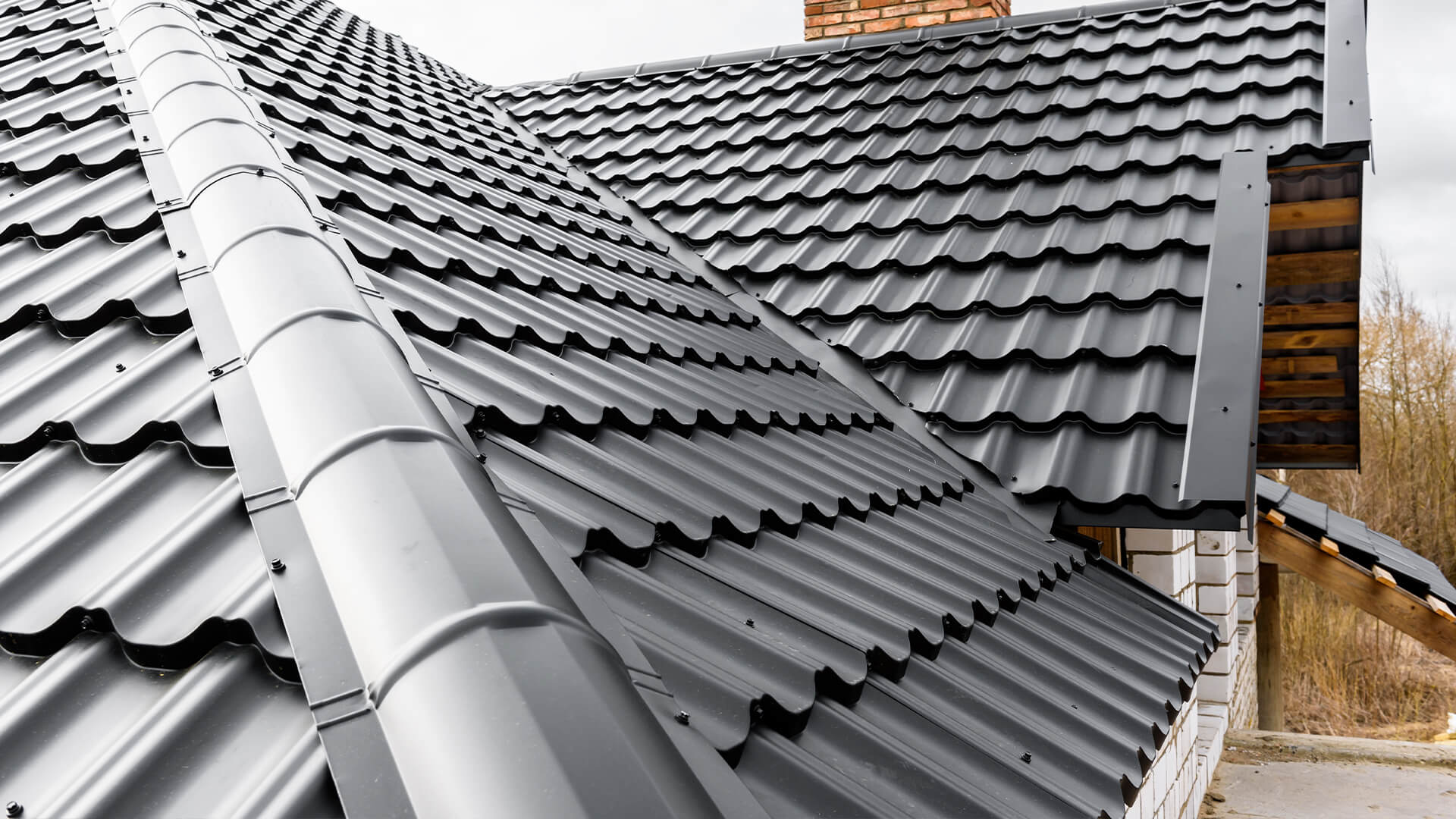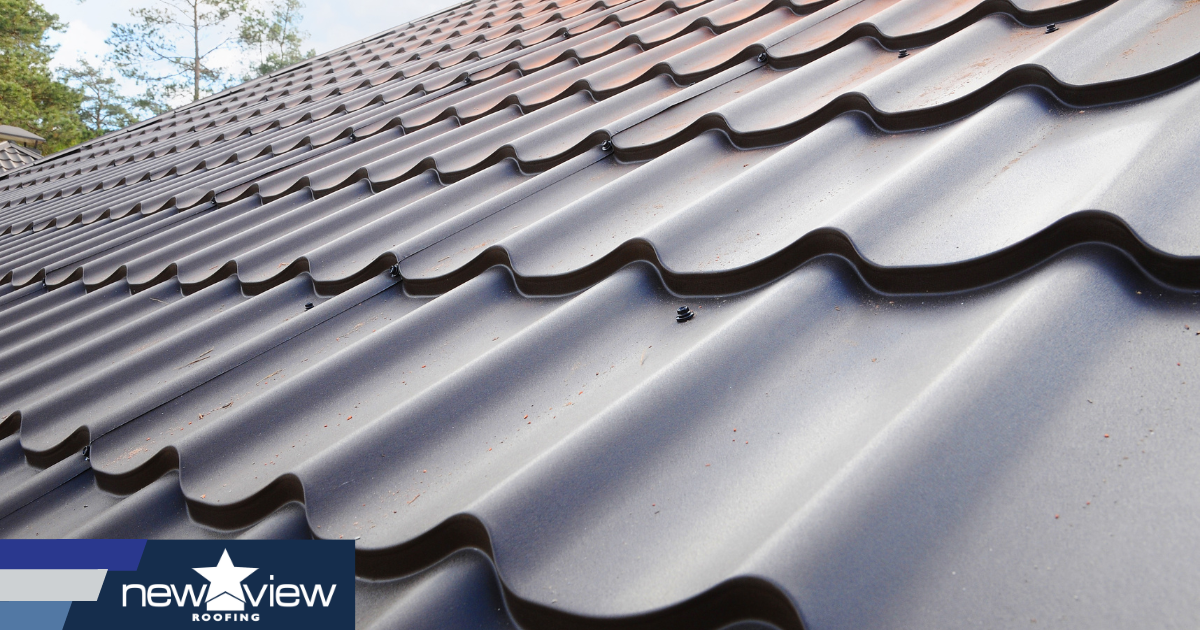A Comprehensive Take A Look At Roofing Companies Gainesville Homeowners Recommend
Ideal Practices for Ensuring Correct Roof Ventilation
Ensuring appropriate roofing ventilation is vital for the long life and efficiency of a roof. A balanced consumption and exhaust air vent ratio, generally 1:300, plays a pivotal duty, with intake vents ideally placed at the reduced side of the roof covering for trendy air entrance and exhaust vents at the peak for warm air departure. Regular evaluations to recognize obstructions and preserve clear air flow are paramount. Keeping insulation away from vents is vital to avoid air movement limitation. Comprehending these fundamental aspects sets the phase for more in-depth understandings right into installation and upkeep techniques that can substantially boost your roof system's performance.
Understand Air Flow Fundamentals
Effectively understanding ventilation essentials is important for making certain the longevity and performance of roof. Effective ventilation reduces wetness accumulation and temperature level extremes in the attic, both of which can bring about significant architectural damages with time. A well-ventilated roofing system aids in preventing common concerns such as mold and mildew development, wood rot, and ice dams, which can compromise the integrity of the roofing materials and the underlying frameworks.
The key objective of ventilation is to promote the activity of air, enabling a constant exchange between the indoor and outdoor environments. This balance is attained via a mix of intake and exhaust vents that collaborate to maintain optimal airflow. Consumption vents, usually situated along the soffits or eaves, enable fresh air to get in the attic room room, while exhaust vents, typically situated at or near the roof ridge, allow warm, damp air to escape.
Trick aspects influencing the effectiveness of roofing system ventilation consist of appropriate positioning, sufficient sizing, and guaranteeing that both consumption and exhaust vents are unblocked. Normal evaluation and maintenance are critical to determine possible obstructions, damage, or ineffectiveness in the ventilation system, therefore protecting the roofing's performance and durability.
Kinds of Roofing Vents
Roofing vents play an essential role in maintaining effective attic ventilation and, by extension, the general health of the roofing system. Different kinds of roof vents are offered, each with distinct advantages tailored to particular roofing needs.

Soffit vents are mounted under the eaves and operate in tandem with roof covering vents to make certain a balanced consumption and exhaust system. By allowing cooler air to go into from below, soffit vents promote the expulsion of warm air via upper vents. Gable vents, located on the outside wall surfaces of the attic, deal an additional effective service, particularly in homes with saddleback roofs.
Examine Your Existing Ventilation

Following, take into consideration the age and condition of your roof covering materials and air flow elements. Older systems may not adhere to existing building regulations or may have deteriorated gradually, decreasing their efficiency. Conduct an extensive assessment to recognize any indicators of wear and tear, such as rust, damage, or voids that could compromise the system's efficiency.
Additionally, determine the attic temperature and moisture degrees. High temperature levels and humidity can suggest poor air flow - roofing companies in gainesville florida. Utilize a hygrometer and thermostat to obtain accurate analyses, contrasting them with outside problems. Persistent disparities suggest prospective concerns that require dealing with.
Installation Best Practices
Efficient installment of roofing ventilation systems is vital for making certain optimal performance and durability. Correct installment begins with comprehending the details ventilation needs of the building and the roofing system it covers. This includes computing the proper proportion of consumption to wear down vents, typically adhering to the 1:300 guideline, which states one square foot of ventilation for every 300 square feet of attic room floor room.

Intake vents must be installed at the roofing's lower edge, commonly in the soffits, to allow great air to enter. Exhaust vents, on the various other hand, need to be set up near or at the roofing system's peak to promote the leave of cozy, wet air.
Seal all vent links thoroughly to avoid air leakages and potential water seepage. Use top notch products and adhere to maker standards to make certain longevity and performance. In addition, integrating ridge vents with baffles can considerably boost air flow effectiveness redirected here by protecting against wind-driven rainfall and snow from entering the attic room.
Eventually, exact setup of roofing air flow systems mitigates possible concerns such as mold and mildew development, ice dams, and architectural damages, making sure the roofing's stability and the building's total health.
Regular Maintenance Tips
Consistency in upkeep methods is essential to ensuring the lasting efficiency of roof covering ventilation systems. Regular examinations are crucial, ideally done biannually-- in the springtime and autumn. During these evaluations, ensure that vents are complimentary of debris, nests, and various other blockages that might hamper air movement. Examine for any type of indications of moisture accumulation or mold, as these can show incorrect ventilation or leakages (roofing companies gainesville florida).
Utilize a soft brush or a vacuum cleaner to remove dirt and debris from consumption and exhaust vents. Be cautious not to damage the vent screens or louvers throughout the procedure.
Appropriate insulation is just as essential. Ensure that attic room insulation does not obstruct the vents, as this can badly limit airflow. If any type have a peek here of insulation has shifted or cleared up, rearrange or replace it to keep a reliable barrier.
Finally, replace any damaged or missing elements quickly. Damaged vents, split tiles, or tatty blinking can all add to poor air flow and must be dealt with without delay. Routine maintenance makes sure that the roof ventilation system works efficiently, thereby expanding the life-span of the roof covering itself.
Verdict
Making certain proper roof air flow is vital for keeping the efficiency and resilience of a roof covering system. Adherence to the 1:300 intake and exhaust vent navigate here proportion, combined with the strategic placement of vents, is necessary.
A well balanced consumption and exhaust air vent ratio, generally 1:300, plays a pivotal function, with consumption vents ideally placed at the lower side of the roof for great air access and exhaust vents at the height for cozy air exit. Intake vents, normally located along the soffits or eaves, permit fresh air to enter the attic room area, while exhaust vents, usually situated at or near the roofing system ridge, allow hot, damp air to run away.
Soffit vents are mounted under the eaves and job in tandem with roofing vents to ensure a balanced intake and exhaust system. By permitting cooler air to go into from below, soffit vents assist in the expulsion of warm air via top vents. Adherence to the 1:300 intake and exhaust air vent proportion, coupled with the critical placement of vents, is essential.